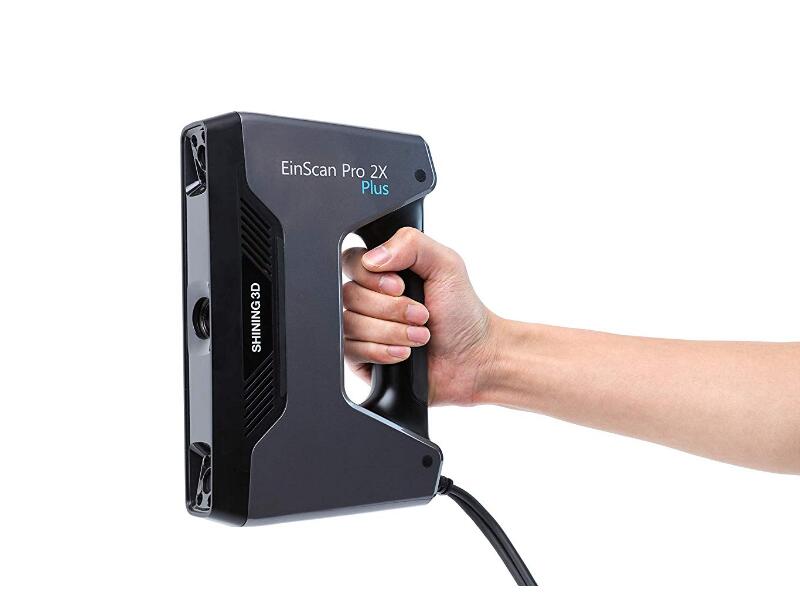An epic 3D optical detecting framework with constant handling has been created which is fit for filtering an objective at high speeds more prominent than 500,000 3D focuses/second. Our fast, high-goal 3D imaging sensor can perform a significant number of the 3D imaging capacities required for surface robots/wanderers and space or environmental vehicles in the investigation program: production of planetary landscape maps, running, shirking of surface perils, imaging and movement detecting for computerized rendezvous, docking for robot helped gathering and surface activities. The sensor will have the ability to recognize and profile targets and landscape at a lot higher rates and goal than existing frameworks at midrange good ways from centimetres to meters, giving a more prominent degree of self-governance, wellbeing, and capacity to these activities.

The framework was created for the NASA Mars Rover Program and for assessment of the Shuttle Thermal Protection System. It underpins the investigation mission by giving phenomenal close to mid-range vision for different mechanical applications. Our flow innovative work exertion includes expanding the High Speed 3D Scanner to meet extra NASA applications. As specialized necessities are characterized custom equipment is fabricated and streamlined to fulfil needs. We are at present zeroing in on the accompanying three applications: Mars wanderer instrument arrangement, a versatile high-goal deformity evaluation instrument, and in-flight assessment of the Shuttle. In an ongoing Director’s Discretionary Fund DDF venture, we exhibited our scanner’s capacity to fundamentally improve the instrument arrangement ability of the K9 Mars wanderer. The past framework utilized stereovision to get the landscape data expected to put a test instrument on an element of interest.
The High-Speed einscan pro 2x enhances the stereovision method since it accomplishes higher goal without being as touchy to regular lighting conditions and surface of the objective surface. Along these lines, the 3D Scanner works in complete haziness, on high difference scenes, and on smooth non-finished surfaces all zones where conventional stereovision experiences issues. The two pictures beneath look at the yield territory map from the High Speed 3D Scanner and the K9 Mars meanderer’s sound system vision framework for a similar scene. We are presently attempting to create two instruments for assessment of the Orbiter Thermal Protection System counting RCC and fired tile parts. The primary framework is a compact instrument to be utilized for imperfection estimation by Shuttle experts dealing with the ground at Kennedy Space Center.
